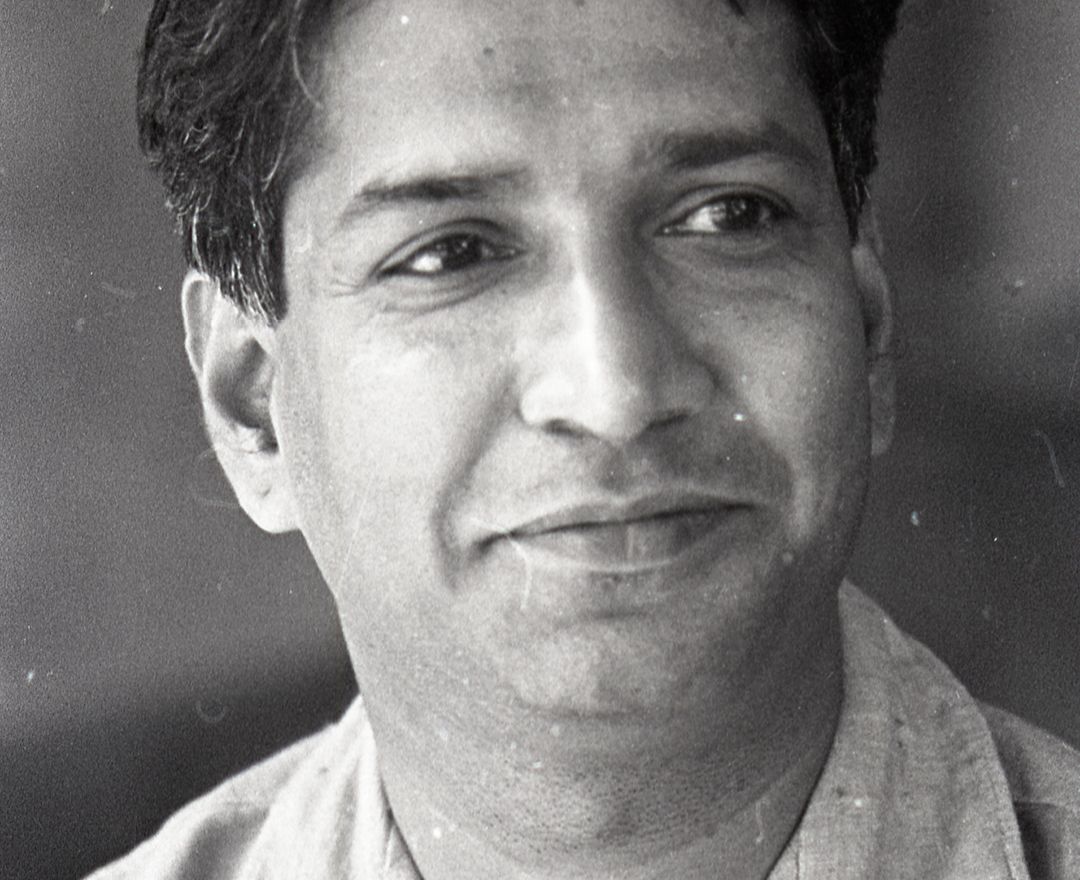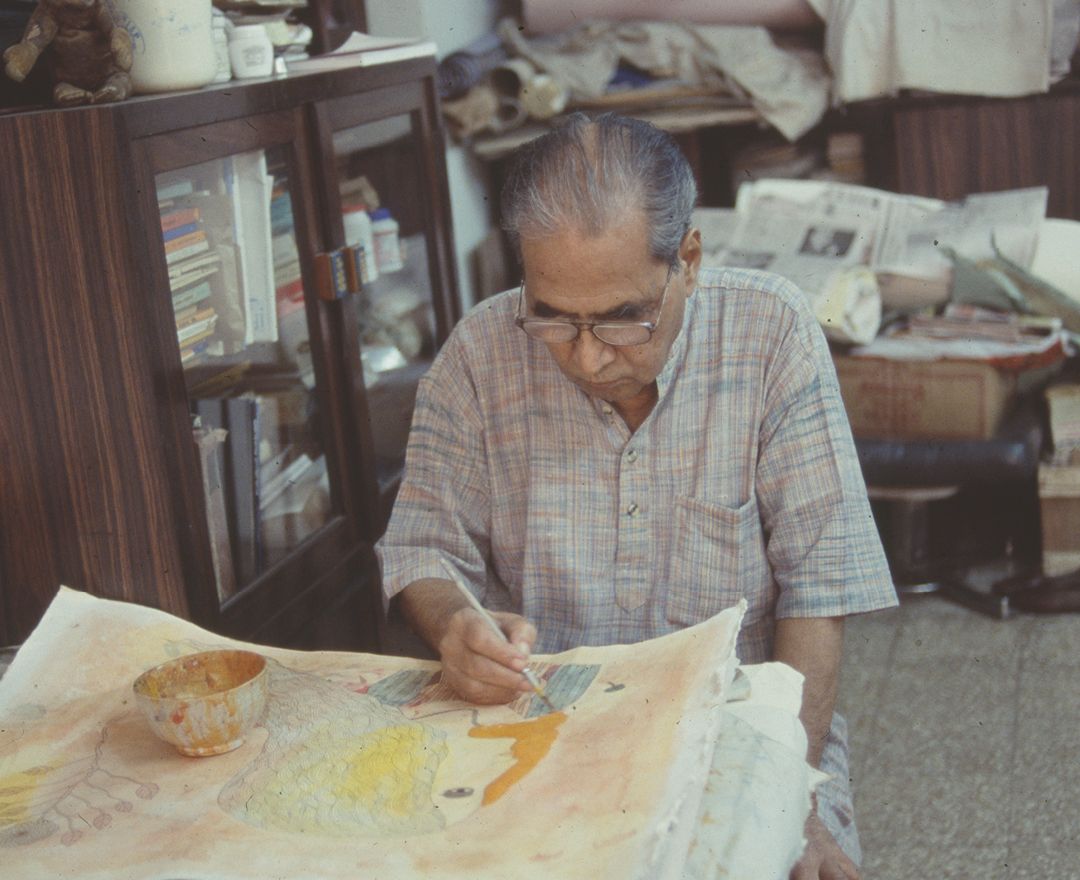Mohan Samant
Mohan Samant
Mohan Samant
|
1924 - 2004 Mohan Samant |
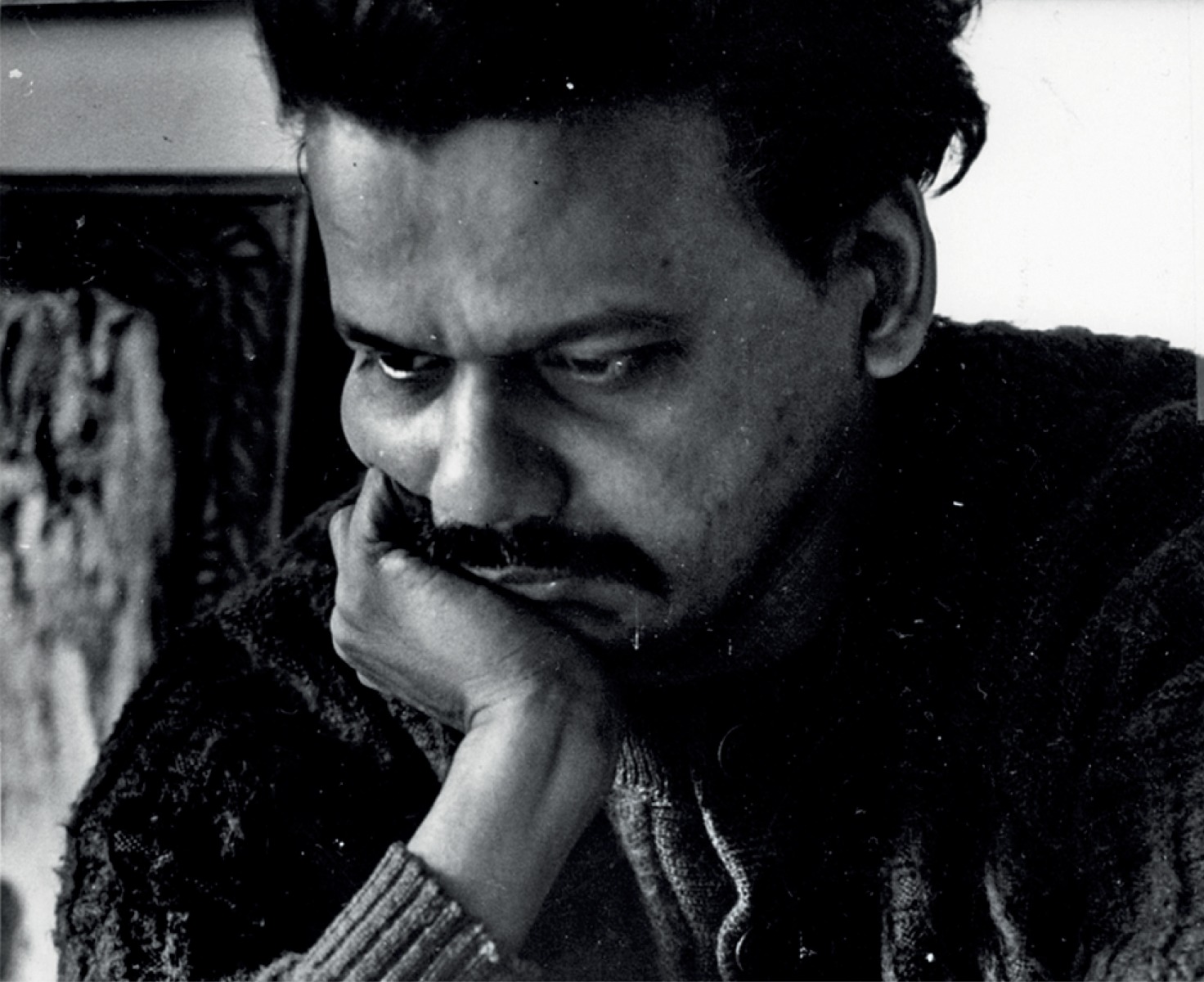
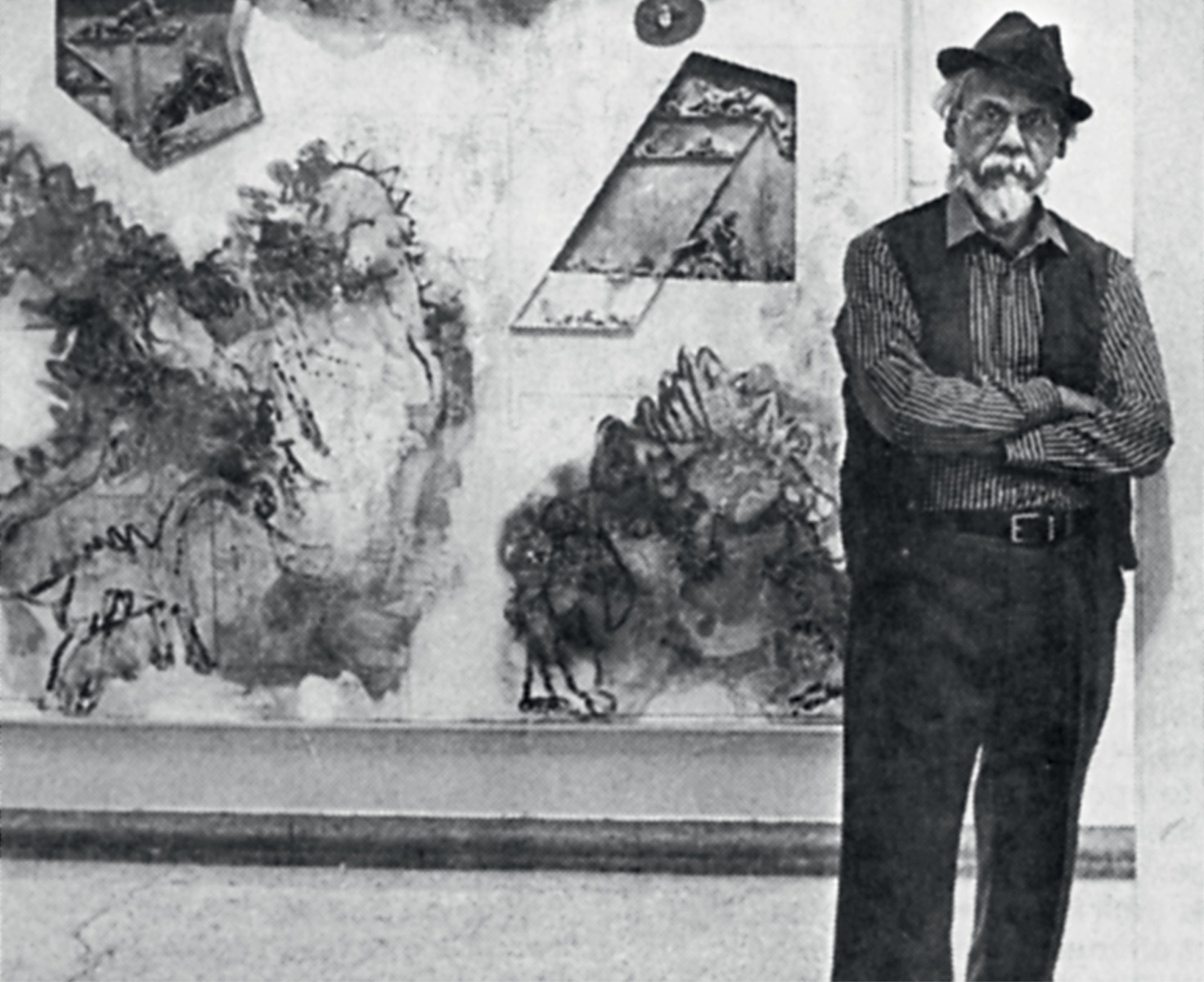
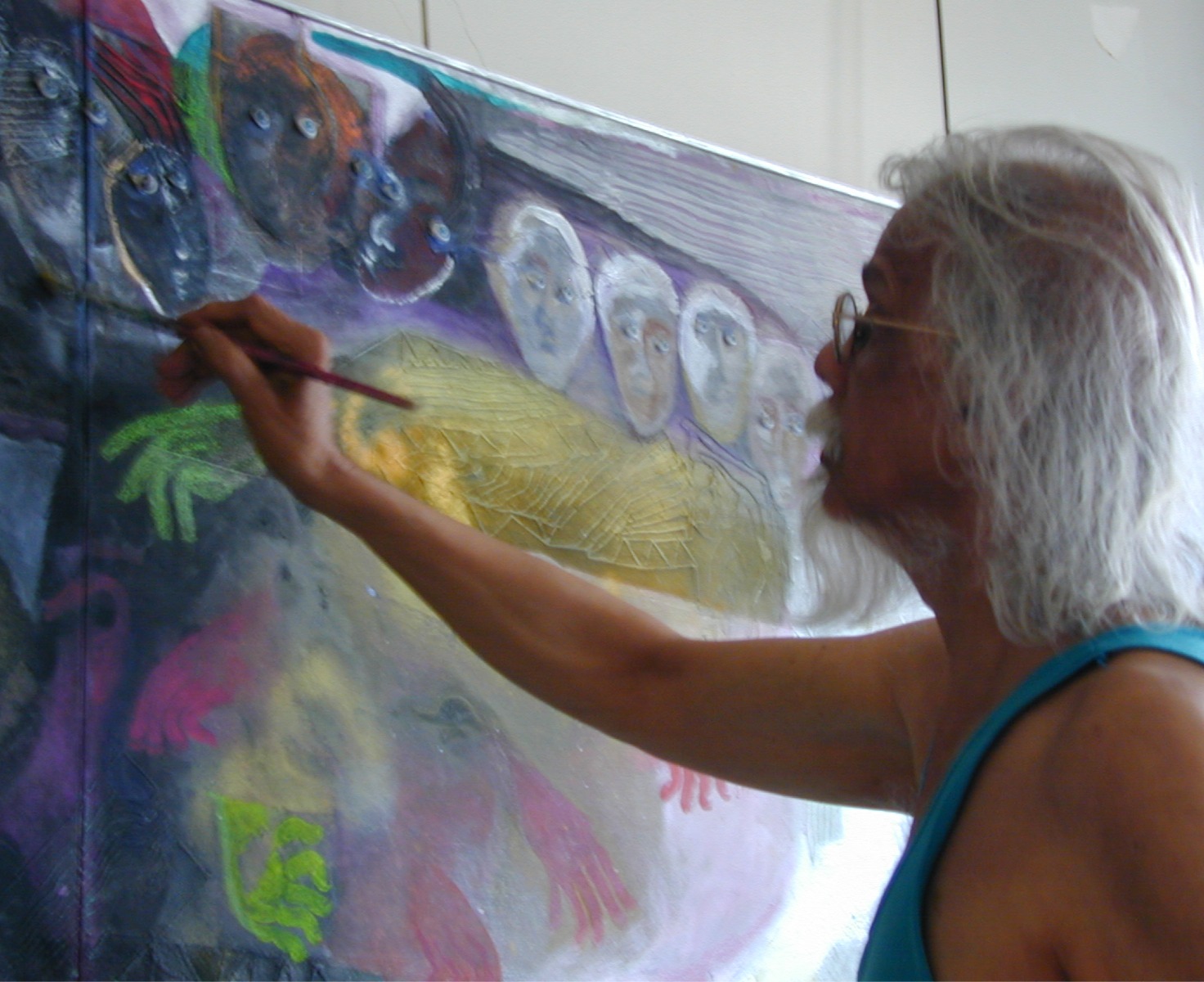
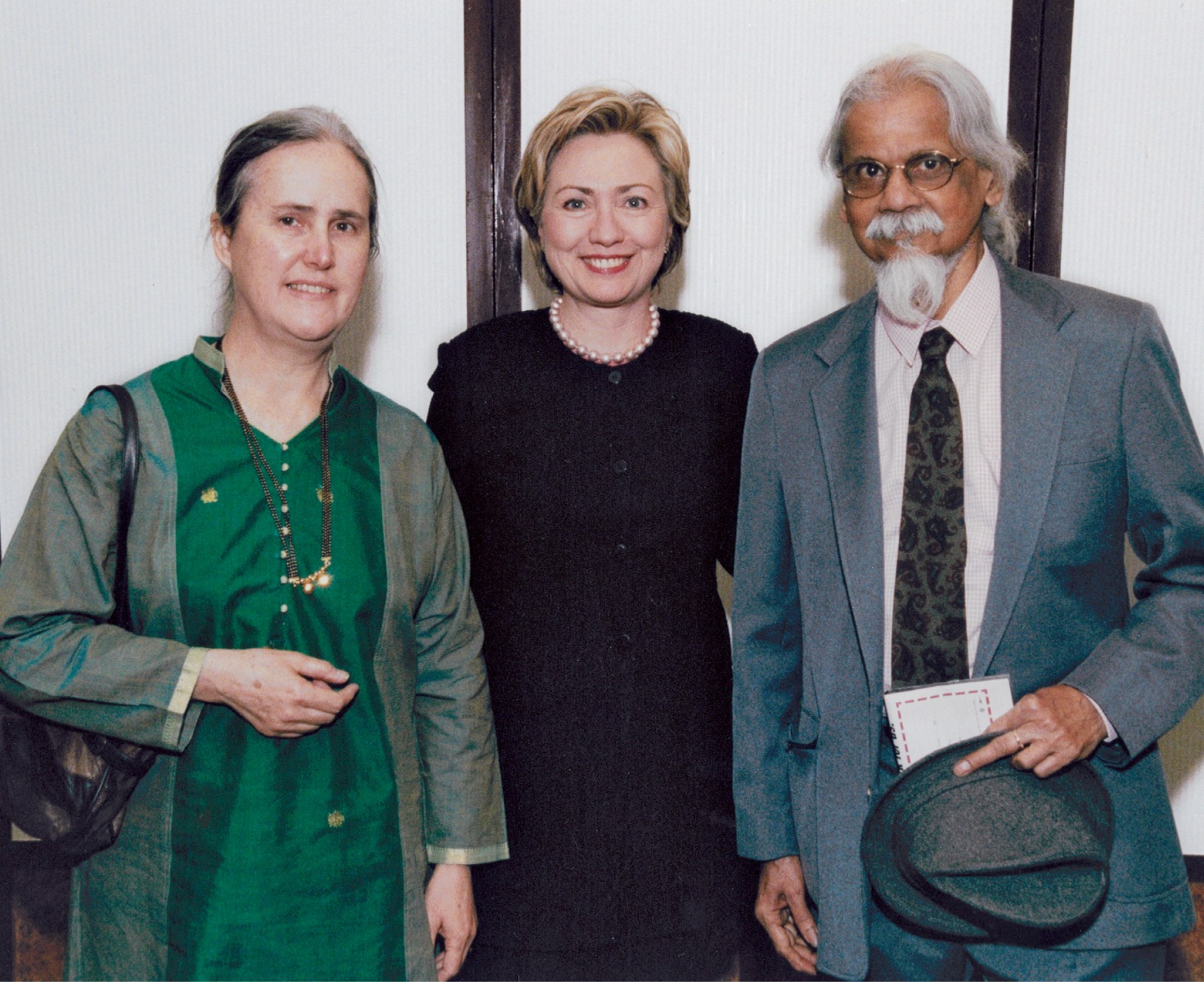
‘My art is almost like installation art. Only difference being that the installation is within my frame’
MOHAN SAMANT
artworks
dag exhibitions
|
‘Mumbai Modern: Progressive Artists’ Group 1947 – 2013’ |
|
DAG, Mumbai, 2013 |
|
‘Manifestations IX: 20th Century Indian Art’ |
|
DAG, New Delhi, 2013 |
|
‘India’s Rockefeller Artists: An Indo-US Cultural Saga’ |
|
DAG, New York, 2017; Mumbai, 2018 |
|
‘Memory & Identity: Indian Artists Abroad’ |
|
DAG, New York 2016; New Delhi, 2016-17; Mumbai, 2017 |
|
'India’s Rockefeller Artists: An Indo-US Cultural Saga’ |
|
DAG, New York, 2017-18; Mumbai, 2018-19 |
|
‘Primitivism and Modern Indian Art’ |
|
DAG, Mumbai, 2019-20; New York, 2020-21; New Delhi 2021-22 |
notable collections
|
National Gallery of Modern Art, New Delhi |
|
Lalit Kala Akademi, New Delhi |
|
Birla Academy of Art and Culture, Kolkata |
|
Hirshhorn Museum & Sculpture Garden, Smithsonian Institution, Washington, D. C. |
|
Asia Society, New York |
|
The Museum of Modern Art, New York |
|
Mrs John D. Rockefeller III Private Collection, U. S. A. |
|
Mr Joseph H. Hirshhorn Private Collection, U. S. A. |
|
Art Voices Publishing Corporation, Florida |










